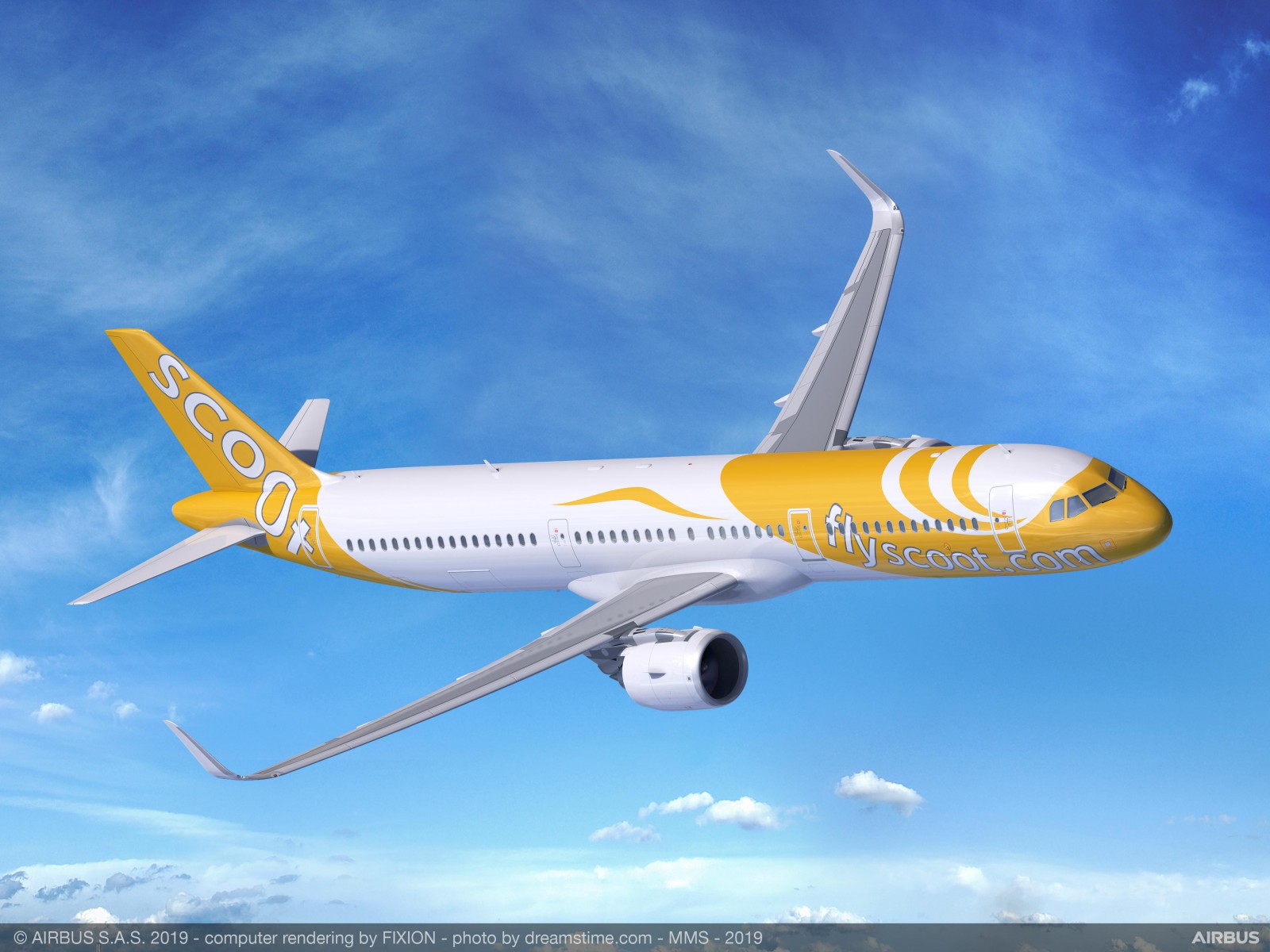The Asia-Pacific region’s accelerating GDP growth and a tripling of the middle-class to over 3 billion by 2040 will require an additional 17,620 aircraft over the 20 years.
That is the upbeat forecast from Airbus which says passenger traffic growth in the Asia-Pacific region will be 5.3 percent a year and with the accelerated retirement of older less fuel-efficient aircraft 17,620 new passenger and freighter aircraft will be needed.
Nearly 30 percent of these will replace older less fuel-efficient models.
SEE Qatar Airways Australia reopening sale.
SEE Bonza launches 25 routes to 16 destinations
Airbus said that in a region, which is home to 55 percent of the world’s population, China, India and emerging economies such as Vietnam and Indonesia will be the principal drivers of growth in Asia-Pacific.
GDP will grow at 3.6 percent per year compared to the world average of 2.5 percent and double in value by 2040 and the middle class, who are the likeliest to travel, will increase by 1.1 billion to 3.2 billion.

Of the demand for 17,620 aircraft, 13,660 are in the small category like the A220 and A320 Family, while in the medium and long-range categories, Asia-Pacific will continue to drive demand with some 42 percent of global requirement. This translates to 2,470 medium and 1,490 large category aircraft.
Airbus said that cargo traffic in Asia-Pacific will increase at 3.6 percent per annum, well above the global 3.1 percent average, and will lead to a doubling in air freight in the region by 2040.
Globally, express freight boosted by e-commerce will grow at an even faster pace of 4.7 percent a year.
Airbus predicts that these factors over the next 20 years, will require a need for some 2,440 freighters, of which 880 will be new-build with the balance conversions from passenger jets.
Airbus chief commercial officer and head of Airbus International Christian Scherer said “we are seeing a global recovery in air traffic and as travel restrictions are further eased the Asia-Pacific region will become one of its main drivers again.

“We are confident of a strong rebound in the region’s traffic and expect it to reach 2019 levels between 2023 and 2025.”
On fuel efficiency, Airbus said that the global aviation industry has already achieved huge efficiency gains, as shown by the 53 percent decline in aviation’s CO2 emissions per revenue passenger kilometer since 1990.
Airbus’ current product range supports at least a 20 percent CO2 efficiency gain over previous-generation aircraft.
























